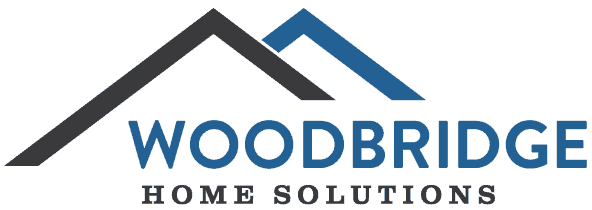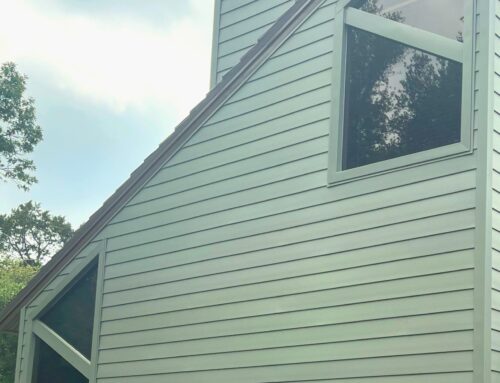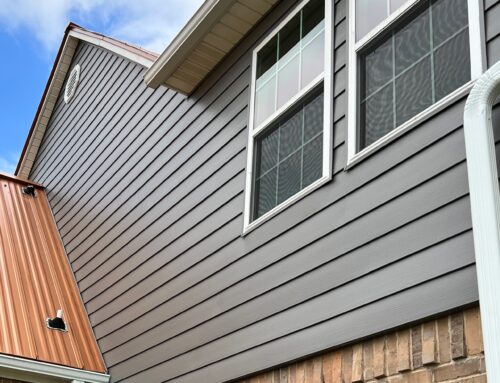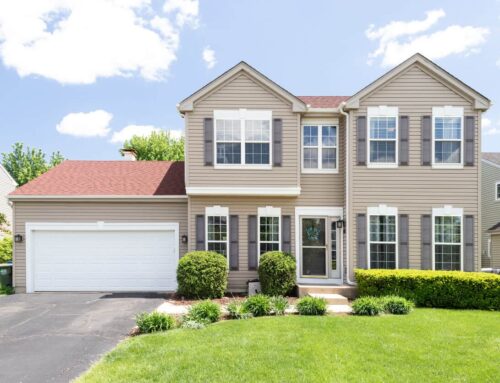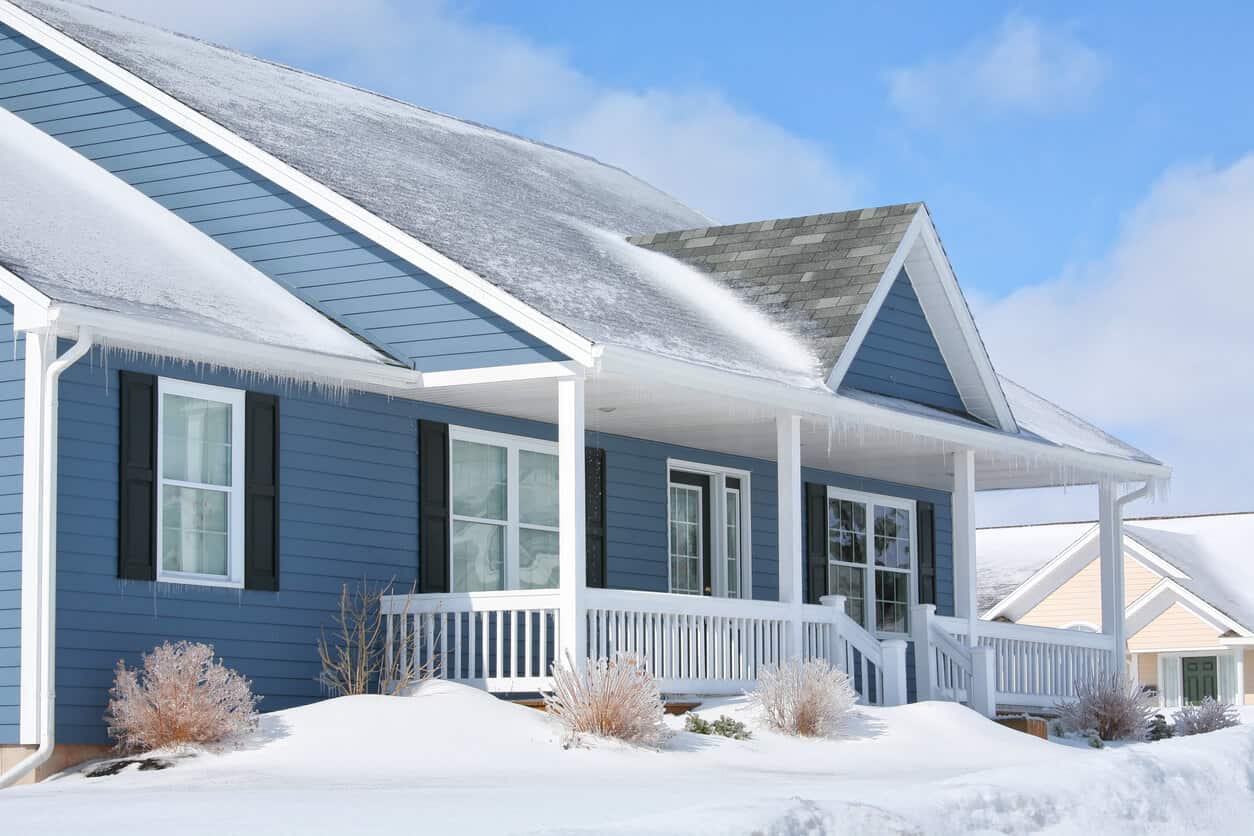
Vinyl siding has been around since the early 1960s. However, insulated vinyl siding was first introduced in the late 1990s. Since then, exterior home remodelers have preferred this energy-efficient siding choice.
Contents
Contents
What is Insulated Vinyl Siding?
Insulated vinyl siding looks the same as regular vinyl siding – from the outside. After the traditional panel is made, the siding is reinforced with a rigid foam insulation panel, which offers superior protection from heat transfer.
Benefits of Insulated Vinyl Siding
Study after study has named insulated vinyl siding one of the most energy-efficient siding options – even compared to fiber cement siding. Consumer demand for this siding material has continued to increase as more homeowners seek ways to lower their energy bills and reduce their carbon footprint.
Let’s dig into the specific benefits of insulated siding so you understand why you should choose it over different materials for your home.
Savings
Check out this case study from the Department of Energy, which examines the real-world performance of insulated siding on a home in New York state. Here are the lessons learned from this government study:
- Insulated siding improved airtightness by more than 9.5%.
- Normalized utility bill data showed an 8% reduction in energy usage.
The report goes on to say that the insulated siding increased the comfort of the home by reducing draftiness. Other options to achieve an equivalent R-value would have cost more in labor and materials. (More on R-values later.) While the material costs were higher than purchasing standard siding, the labor costs for installation were the same.
Each siding company – no matter if they sell wood siding, steel siding, or aluminum siding will say that their product is the most energy-efficient siding material. But, this unbiased government study shows proof of lowered energy costs when new insulated vinyl siding is installed on a home.
Insulation
You can’t talk about insulation without learning about R values. R-value measures insulation’s ability to resist heat traveling through it. The higher the R-value, the better the performance of the insulation.
Standard vinyl siding has an R-value of 0.61. Fiber cement siding has an R-value of 0.37. But insulated vinyl siding R-values are significantly higher — between 3 and 5.
Unsurprisingly, the Department of Energy and construction and remodeling companies recommend these products for improving a home’s energy efficiency.
Noise Reduction
One under-reported benefit of insulated vinyl siding is noise reduction. If you are bothered by noise in your neighborhood, consider new siding and windows. You can find a company to complete both projects for you.
Woodbridge Home Solutions is one such company. We can improve your home’s curb appeal while installing low maintenance energy-efficient siding materials and windows. We serve communities in Texas, Oklahoma, and Kansas. Contact us today to learn how to reduce your energy bill.
Key Takeaways About the Benefits of Buying Insulated Vinyl Siding
- Insulated vinyl siding can help with energy savings.
- The insulating material on this type of siding has an R-value between 3 and 5.
- The combination of insulated vinyl siding and new windows can reduce exterior noise from coming inside.

